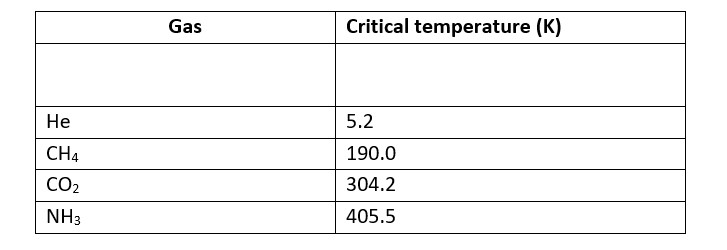Surface Chemistry
Get insights from 217 questions on Surface Chemistry, answered by students, alumni, and experts. You may also ask and answer any question you like about Surface Chemistry
Follow Ask QuestionQuestions
Discussions
Active Users
Followers
New question posted
4 months agoNew answer posted
4 months agoContributor-Level 10
→ number of electrons = 10
Br → number of electrons = 36
→ number of electrons = 2
→ number of electrons = 18
→ number of electrons = 2
→ number of electrons = 18
K+ → number of electrons = 18
O-2 → number of electrons = 10
Mg+2 → number of electrons = 10
O-2 & Mg+2 are isoelectronic with Al+3
New answer posted
4 months agoContributor-Level 10
Number of moles of CH3COOH Adsorbed on 0.6 gm wood charcoal.
= 20 * 10-3 moles
Mass of CH3COOH absorbed = 20 * 10-3 * 60 = 1.2 gm
Mass of CH3COOH adsorbed per gram =
New answer posted
4 months agoContributor-Level 10
Emulsions gets separated into two layers on standing.
For stabilization of emulsion. Emulsifying agents added into it but not electrolyte.
New answer posted
4 months agoContributor-Level 10
Isotopes are the atom of same element with different atomic mass.
New answer posted
5 months agoContributor-Level 10
1st ionization energy of N>O in oxygen atom, 2 electrons out of 4 electron of 2p orbital resulting in an increased electron repulsion.
New answer posted
5 months agoContributor-Level 10
Due to equal and similar charge particle will repel each other, hence will never precipitate
Taking an Exam? Selecting a College?
Get authentic answers from experts, students and alumni that you won't find anywhere else
Sign Up on ShikshaOn Shiksha, get access to
- 66k Colleges
- 1.2k Exams
- 680k Reviews
- 1800k Answers

